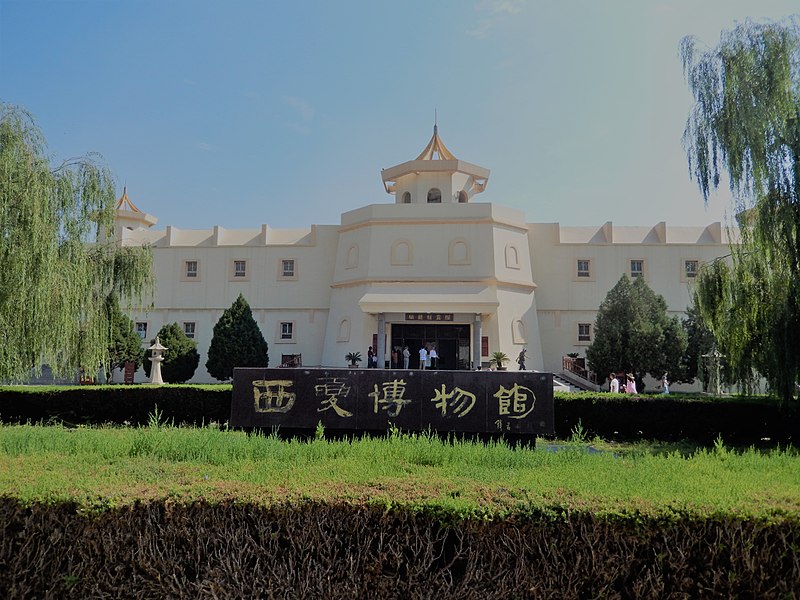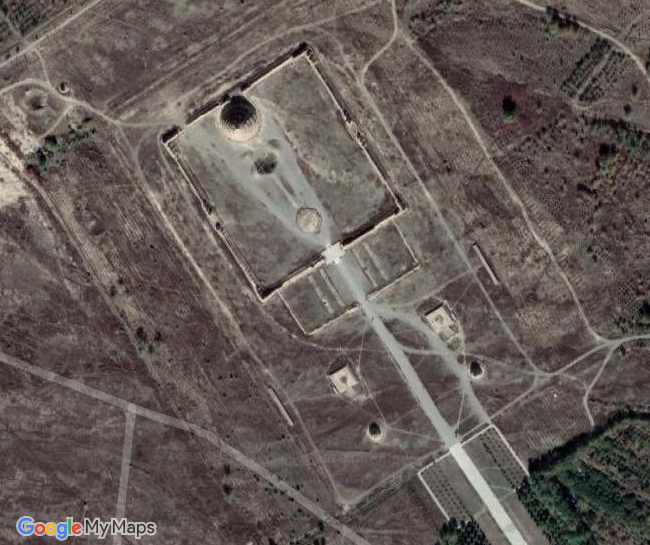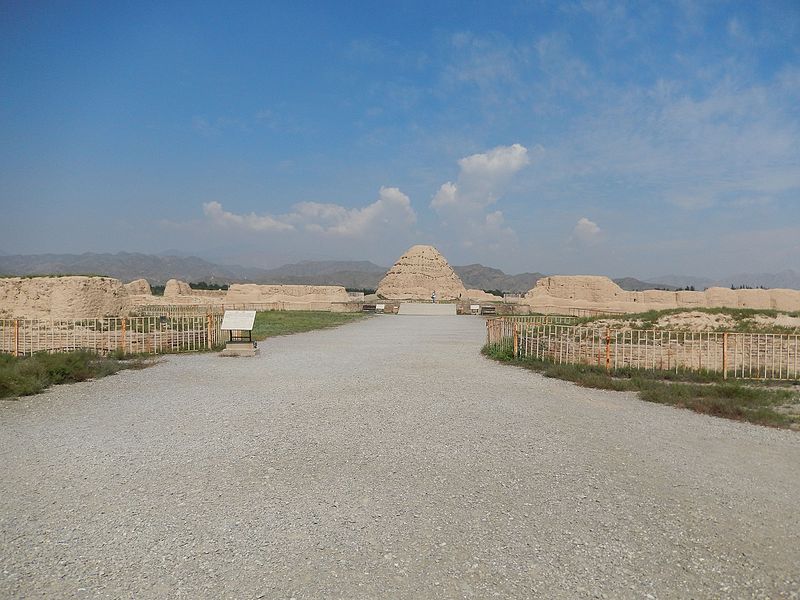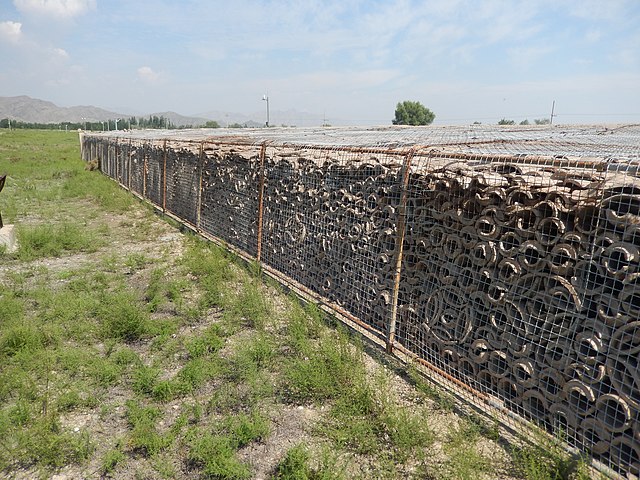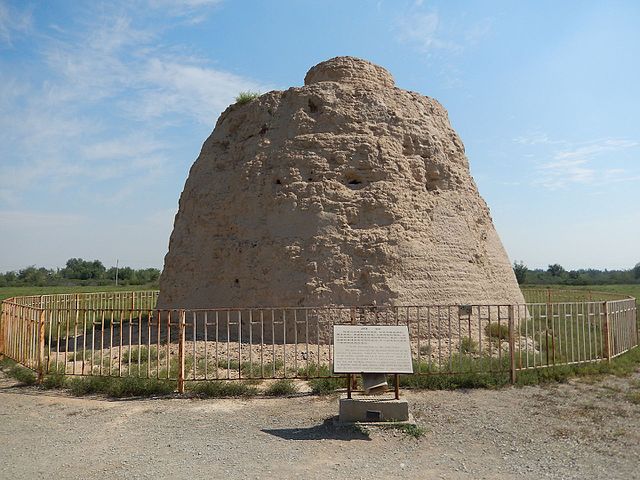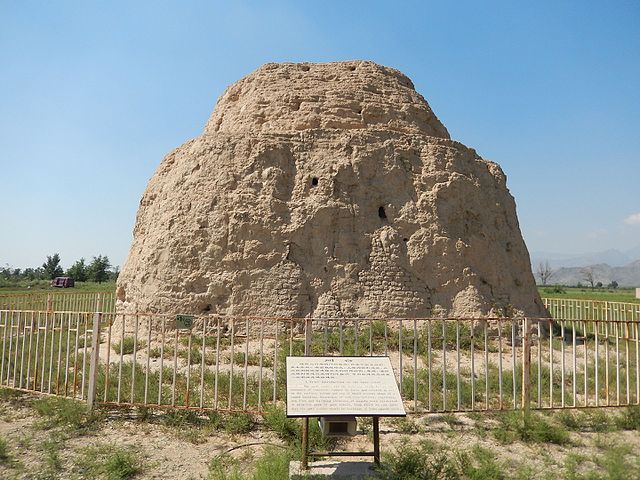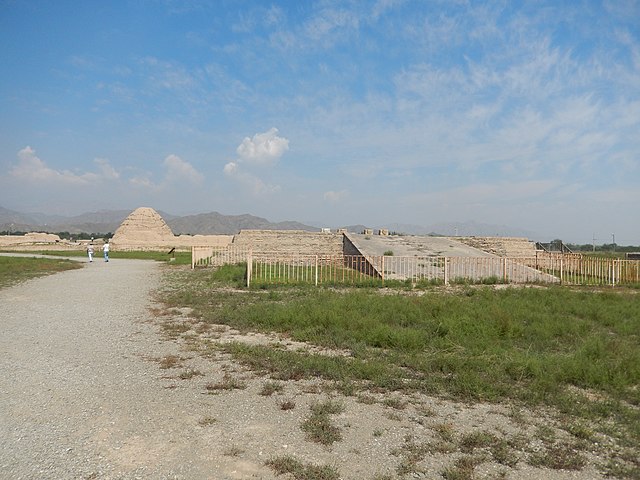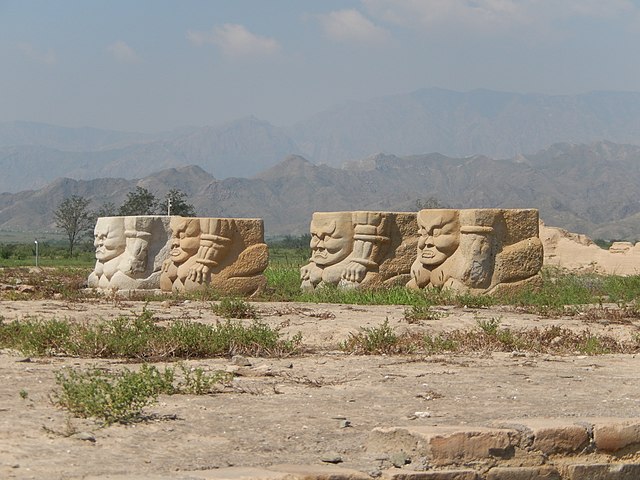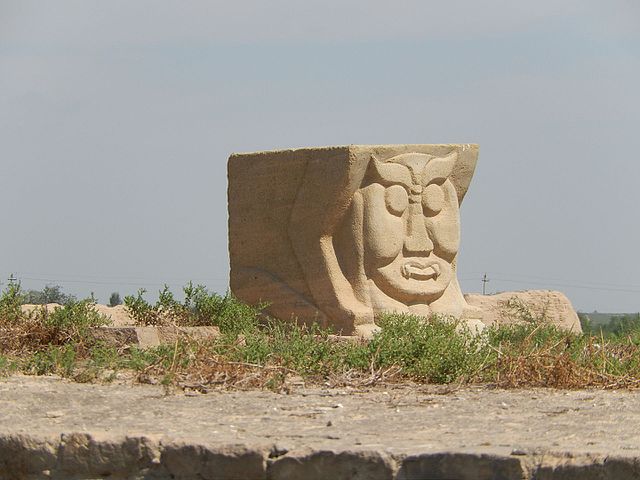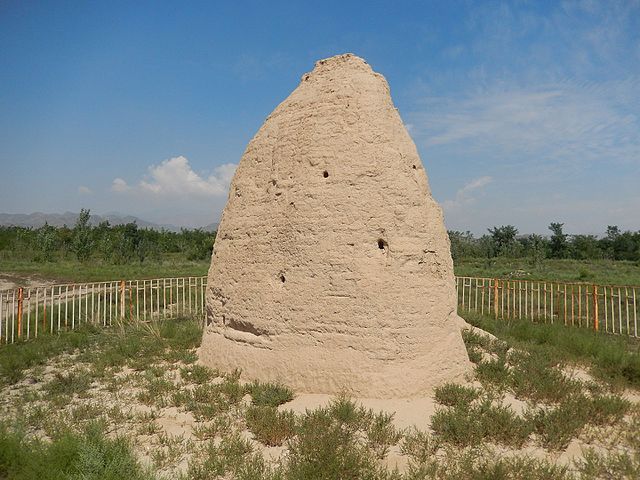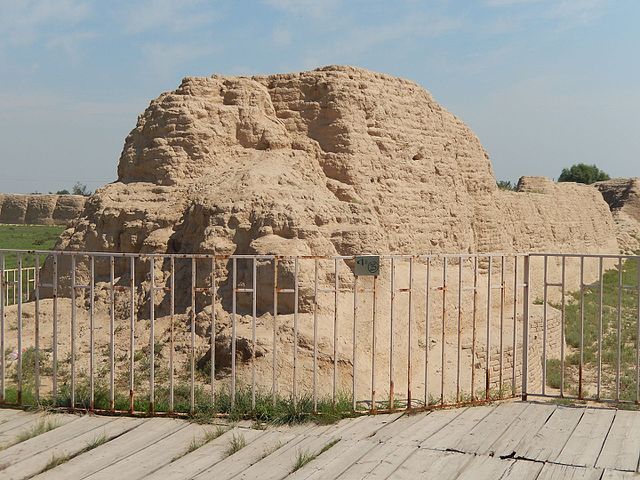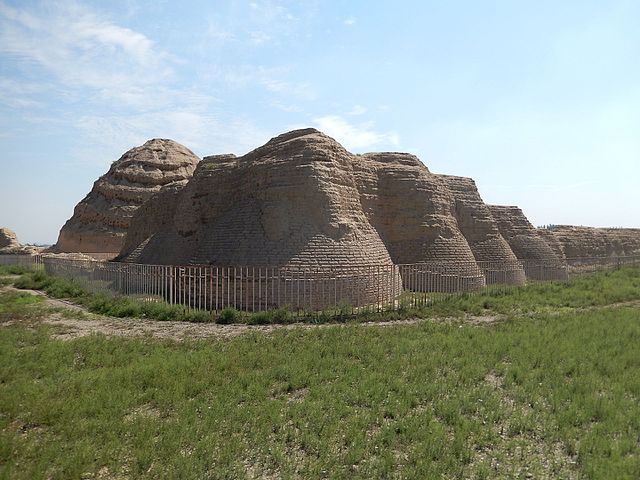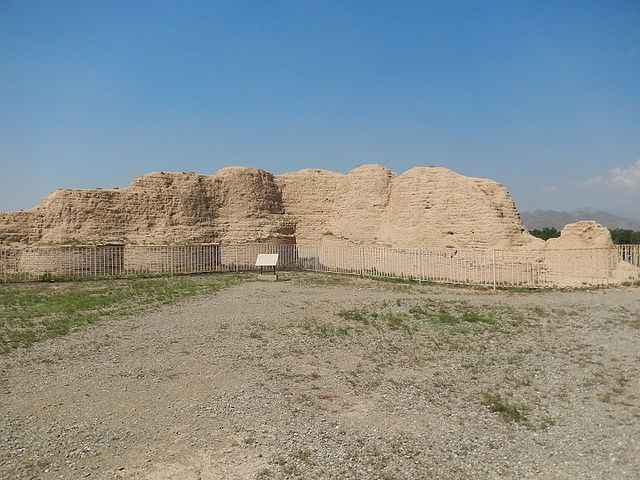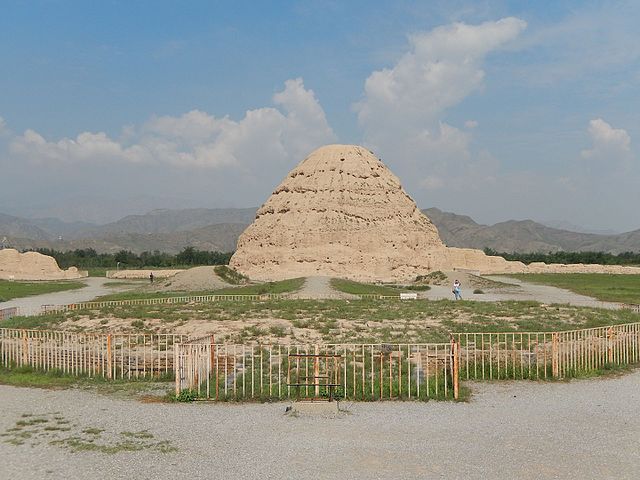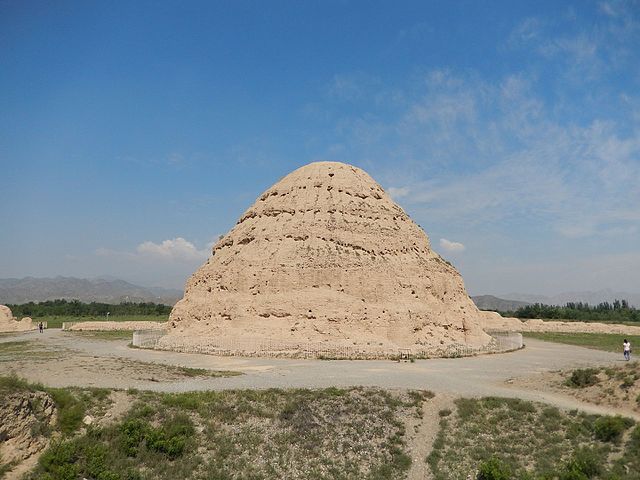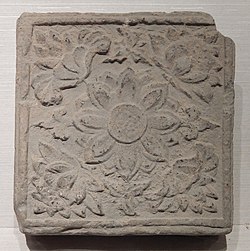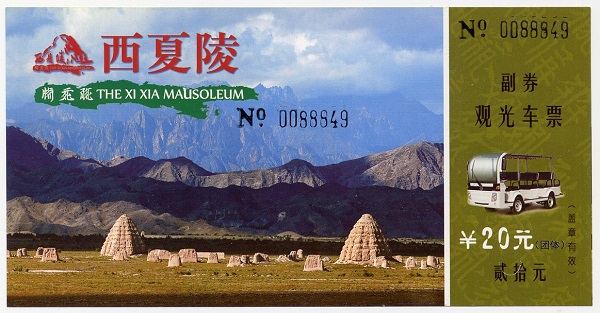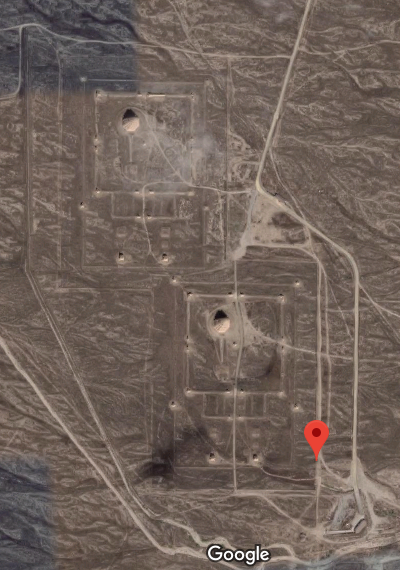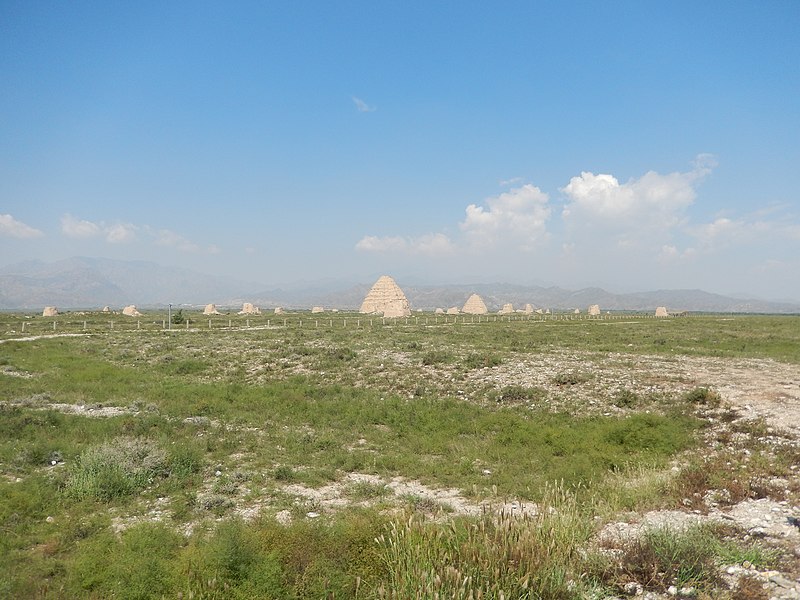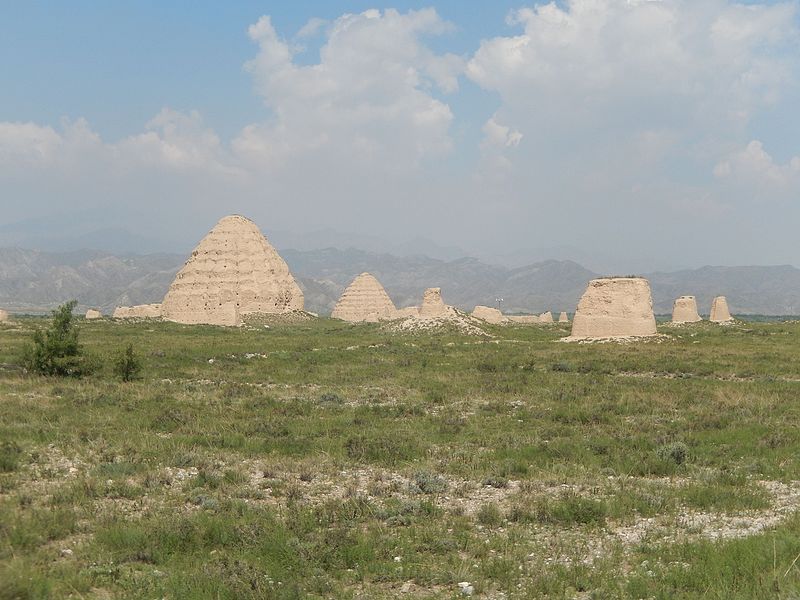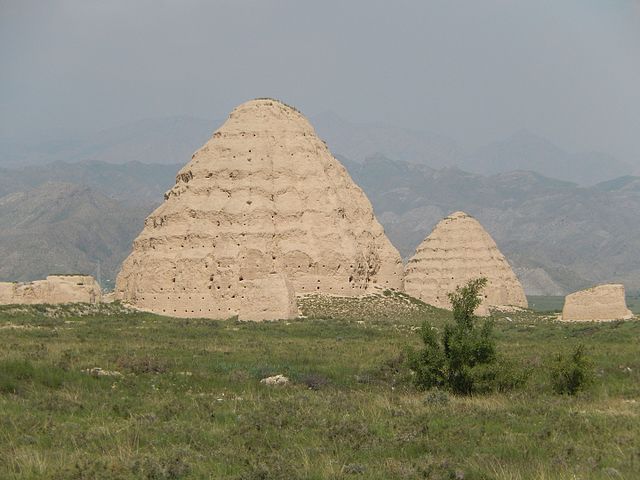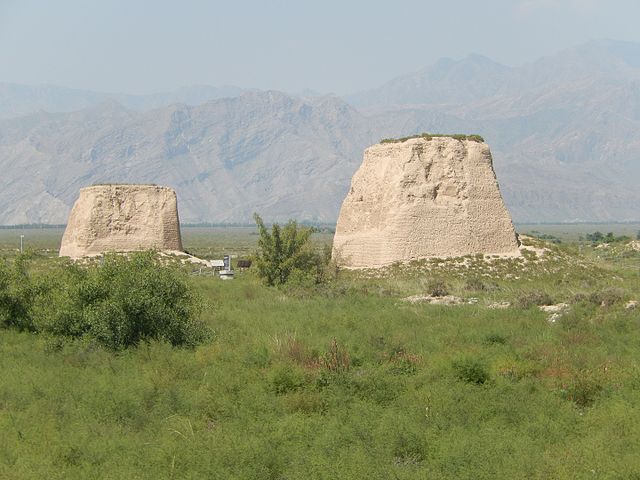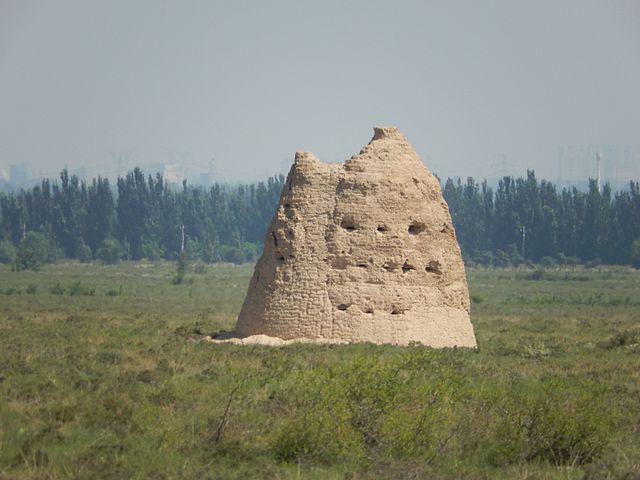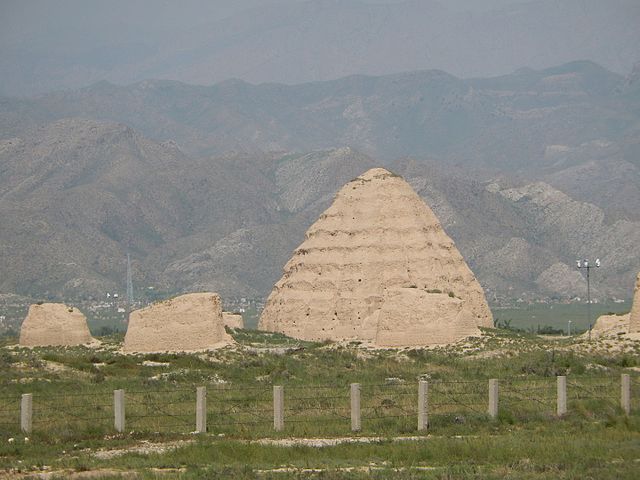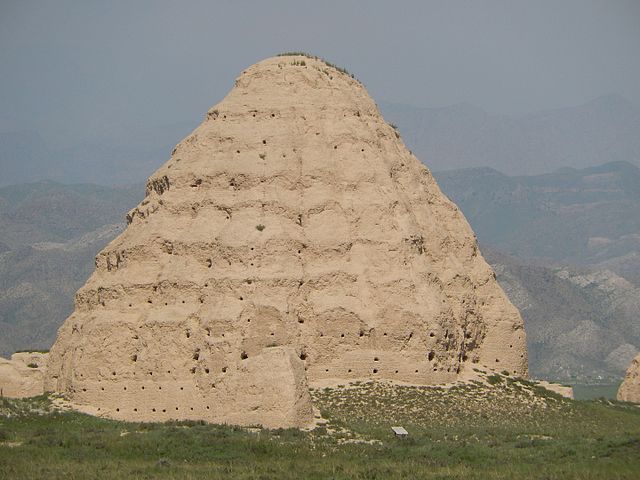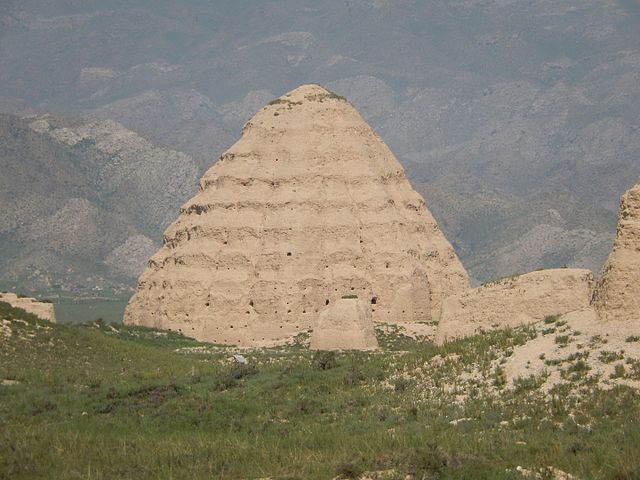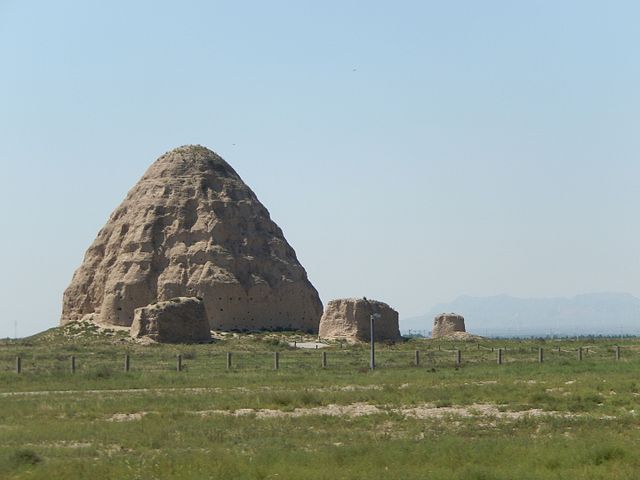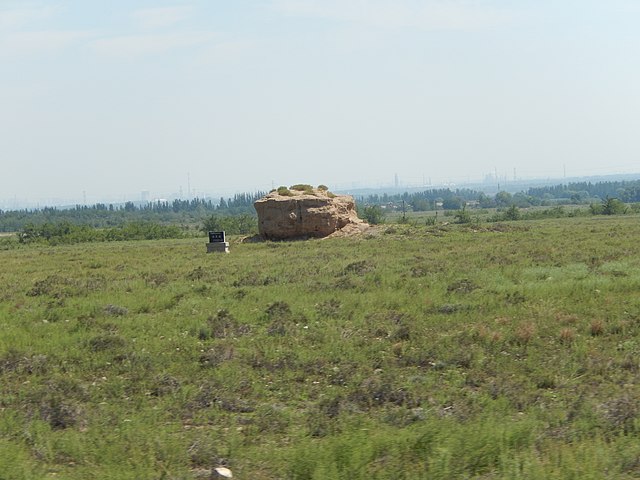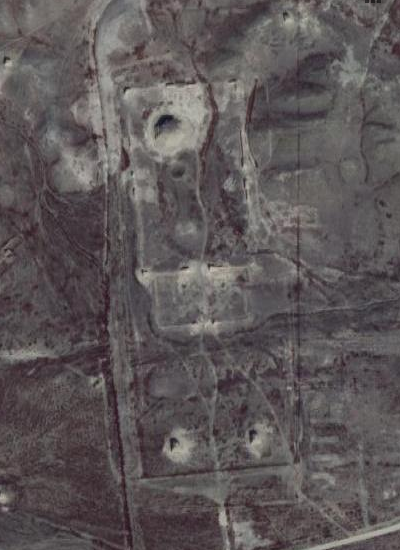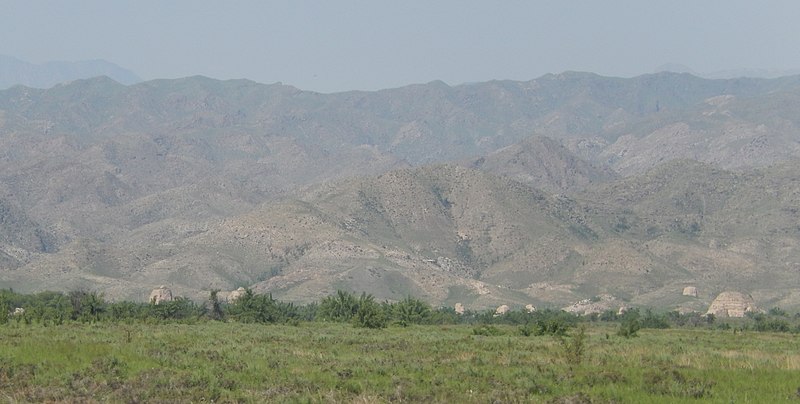Diary of a Rambling Antiquarian
Tuesday, 30 August 2016
Western Xia Tombs Revisited
This is my last day in China, but I have a full day to explore because my flight from Yinchuan airport does not take off until after midnight. Just over a week ago I made a visit to the Western Xia tombs, but flooding had curtailed the day's excursions, and I am determined to go again today, especially as today is fine and sunny. My two companions have other plans, so I make my way to where the internet tells me that a public tourist bus departs for the tombs twice a day. I get there just in time. But there is no bus. Just a notice stating that the bus service has been temporarily halted due to roadworks in the vicinity. In the end I accept an offer from a tourist taxi touting for business, and as I have other destinations in mind I negotiate a price for the whole day. Despite paying for the whole taxi we pick up another passenger to the tombs on the way, who takes my picture outside the Xixia Museum.
In front of the Xixia Museum
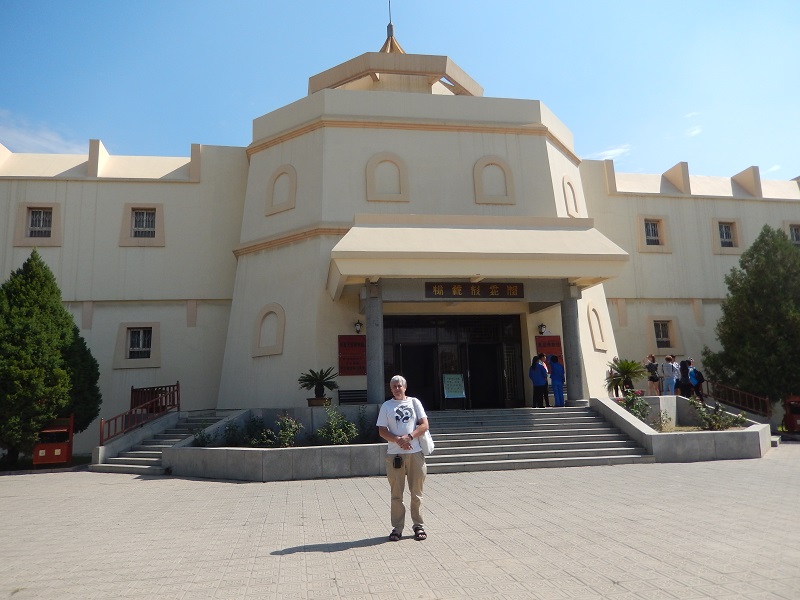
In September 2018, it was announced that in order to help gain world heritage status for the royal mausoluems complex, the museum, tourist center, and offices will be moved to a new museum complex one kilometre away, and the existing museum will be demolished. So here is a farewell photograph of the old museum.
The Xixia Museum
Tomb L3
As I have already discussed Tomb L3, believed to be that for Li Yuanhao 李元昊 (1003–1048), first emperor of the Western Xia,when I came here last week, I won't say anything more about it, but I'll just show some of the new photos I took today.
Google Maps view of Tomb L3
{Map data ©2018 Imagery ©2018 CNES / Airbus, DigitalGlobe}
The red tag marks where I took the photographs from
View of Tomb L3 from the entrance path
Cage full of recovered roof tiles on the east side
East Gate Tower
West Gate Tower
East Stele Pavilion
Stele bases on the East Stele Pavilion
Stele base on the West Stele Pavilion
North-west watch-tower
100 m north-west of the tomb enclosure
Main gate to inner tomb enclosure
Remains of stupas on the north-west corner of the inner enclosure (view from outside)
Remains of stupas on the north-west corner of the inner enclosure (view from inside)
The tomb mound with Offering Hall in foreground
The tomb mound
Brick with lotus design
Tombs L1 and L2
About 4 km south of Tomb L3 are Tombs L1 and L2, which are believed to have been built for the grandfather and father of Li Yuanhao respectively, i.e. Li Jiqian 李繼遷 (963–1004) and Li Deming 李德明 (981–1032). These are the only other tombs open to the public, and can be reached by means of an electric tour bus which drops us off near the south-east corner of Tomb L1 for exactly five minutes sightseeing before taking us straight back to the main entrance.
Ticket for the bus to see Tombs L1 and L2
Google Maps view of Tombs L1 and L2
{Map data ©2018 Imagery ©2018 CNES / Airbus, DigitalGlobe}
The red tag marks where I took the photographs from
Sadly, the two tombs are fenced off, and when I visited L1 can only be viewed from the edge of the outer wall, and L2 can only be seen in the distance on the other side of L1. Here are some of the few photographs that I was able to take before I was herded back to the electric bus by the driver.
Complete view of Tombs L1 and L2
Outer wall watch-towers on the right
View of Tombs L1 and L2 from the south-east
Outer wall watch-towers on the right
Closer view of Tombs L1 and L2
L1 in front (320 m from me), L2 behind (720 m from me)
L1 watch-towers
L1 gate tower or pagoda
L1 tomb mound
Close-up of L1 tomb mound
Central platform is in front of the tomb mound
L2 tomb mound
Close-up of L2 tomb mound
Photograph taken from the bus driving past L2
Tombs M67
There are over two hundred Western Xia minor tombs scattered across the area of the imperial tombs. Many belong to members of the royal family, and are very impressive, but many are small and/or eroded, and are now barely noticeable. This is a photograph of Tomb M67 that I took from the electric bus on the way back from viewing L1 and L2.
Tomb M67
Tomb L4
On the way back I also just catch a glimpse of Tomb L4 from the bus, 1,800 metres away. This is believed to be the tomb of Li Yuanhao's son, Li Liangzuo 李諒祚 (1047–1068), who became emperor when only a one year old baby. His tomb is the only imperial tomb not to be accompanied by any minor tombs.
Google Maps view of Tomb L4
{Map data ©2018 Imagery ©2018 CNES / Airbus, DigitalGlobe}
Tomb L4
After a final visit to the museum book shop, I return to the car park to find my driver for this afternoon's excursion to the Baisikou Twin Pagodas.
Ningxia | Tombs | Western Xia
Index of Rambling Antiquarian Blog Posts
Rambling Antiquarian on Google Maps
